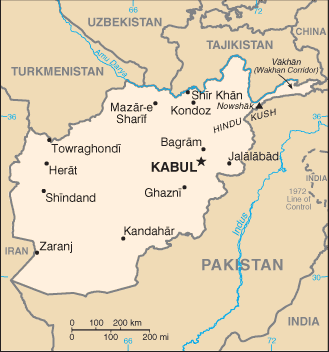Previous reports on the Pentagon’s Afghan War plans, then yet to be presented to President Trump, presented them as uniformly in favor of escalation, with the plans varying from a 3,000 troop buildup to one with upwards of 5,000 more US ground troops sent to the country.
 Today, reports are suggesting that the actual plans presented are down to two basic options, one which is the escalatory plan that involves around 3,000 troops, and a “less kinetic” option that involves keeping troop levels in the country flat, and limiting direct US involvement to “high-value” targets.
Today, reports are suggesting that the actual plans presented are down to two basic options, one which is the escalatory plan that involves around 3,000 troops, and a “less kinetic” option that involves keeping troop levels in the country flat, and limiting direct US involvement to “high-value” targets.
Officials in favor of the second option say the US “don’t fight other people’s wars,” and want to focus on preparing the Afghan military to fight ISIS itself. They also note this plan is considerably cheaper than launching yet another surge into Afghanistan.
While hawks argue that the 3,000 more troops wound “win faster,” it comes with the obvious criticism that the US did a surge of 30,000 troops in 2009 and that didn’t “win” the war either. Unfortunately, no proposals have been offered which include the US resuming its drawdown with an eye toward ending 16 years of occupation, with the conceit that the war is still “winnable” apparently driving both sides.
Both sides also appear to buy into the false narrative of a “stalemate” in Afghanistan, with one side arguing a little more force will break it, and the other side arguing that a shift without more troops will be able to do it. In both cases, they are ignoring the mounting losses the Afghan military is suffering at the hands of the Taliban, and the reality that the war iis being lost, and irrespective of troop levels, has been for awhile.





This is so reminiscent of the last days in Vietnam… so pathetic with massive loss of life.